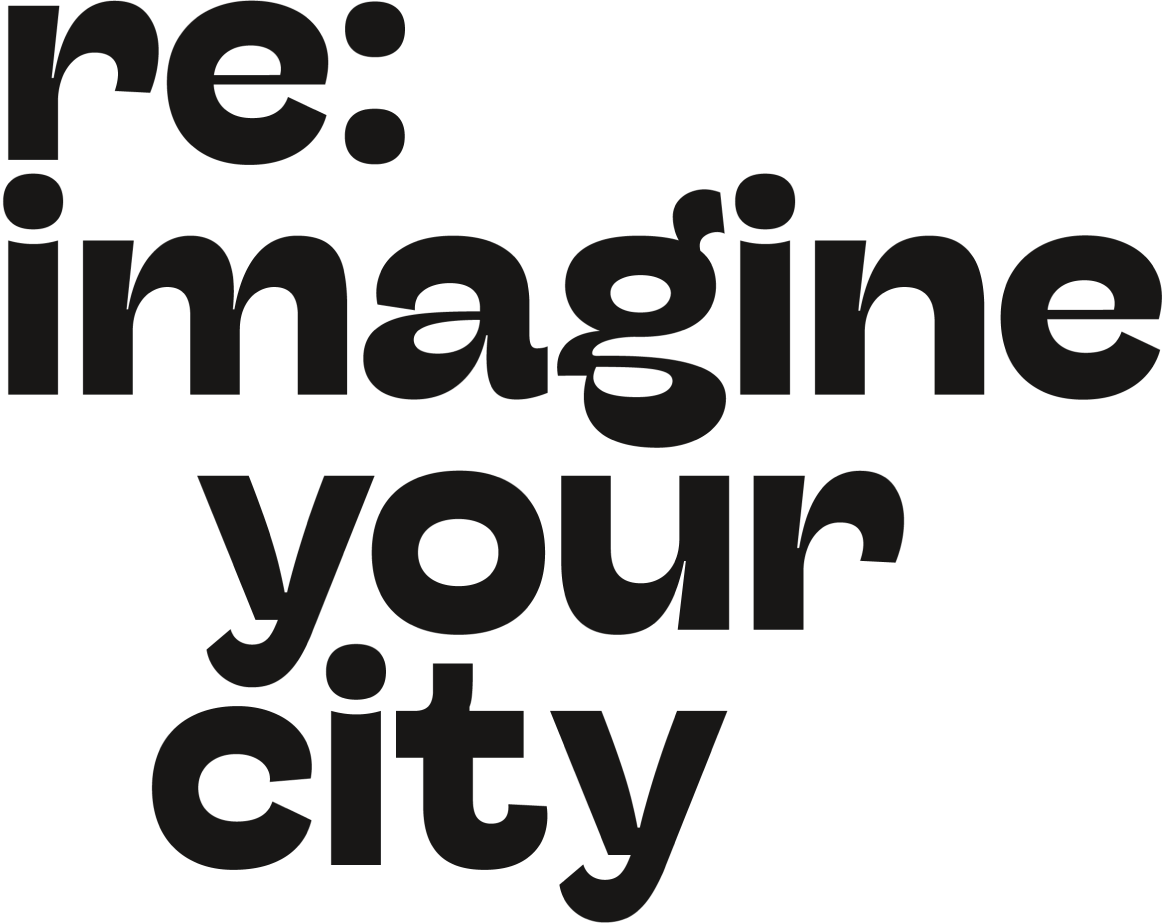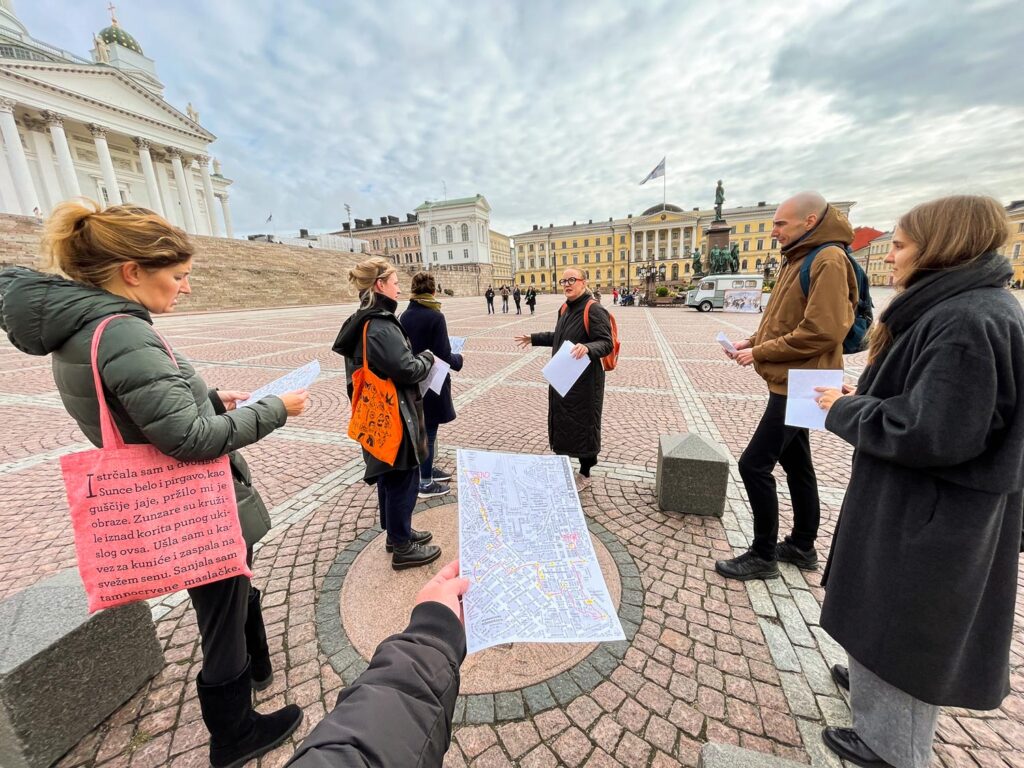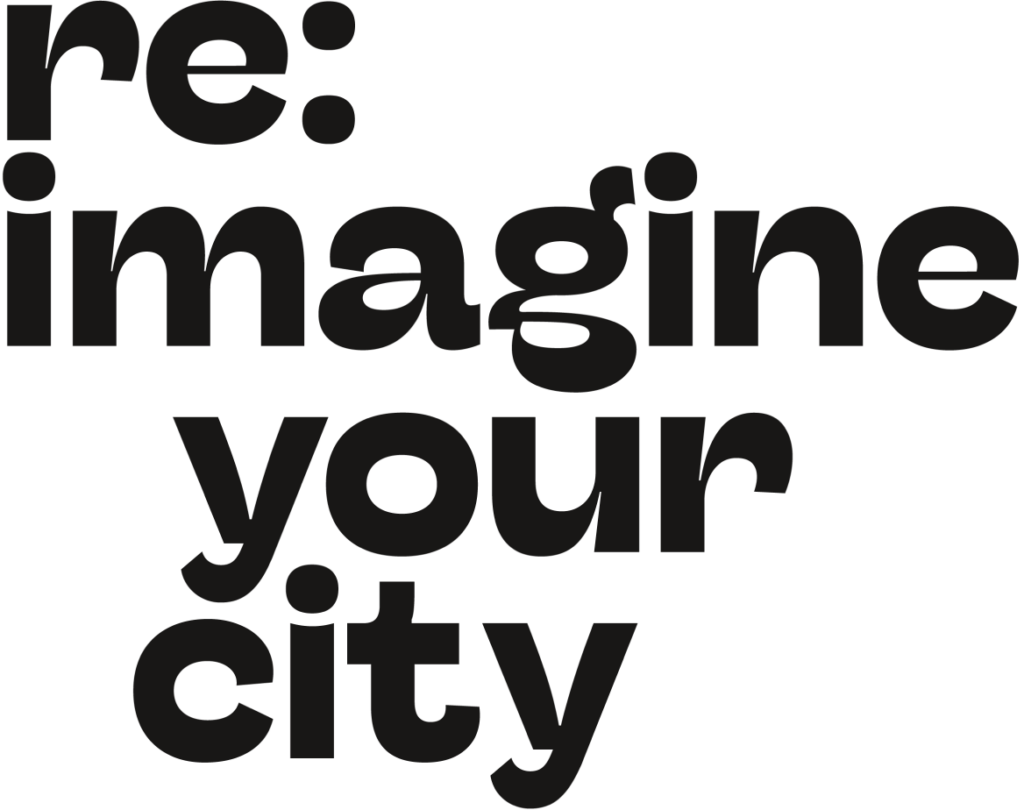“Is this solidarity? Is this collaboration? Is it support? Charity?
Are these acts to feel good about myself?” – Leonardo Custódio, Does it ever end?
These questions by Leonardo Custódio, an Afro-Brazilian educator and activist researcher, fell into my hands at the end of a year of exchanges on publicness, and though they are largely concerned with activism and academia, they are also relevant to contemporary discourses on public art. Publicness is a conflicted term, one that refers to “a field of problems, tensions, and contradictions,” as Professor Mick Wilson said it in one such exchange, and yet it encourages an understanding of problems and permutations inherent to contested ideas like “public art,” “the public sphere,” or “the public.” These terms themselves have undergone numerous historical shifts in meaning and thus carry distinct and often contradictory connotations. “Public” derives from the Latin term publicus, an adjective which referred to “belonging to the people,” an understanding that was misleading even millennia ago as a portion of Rome’s population was enslaved and thus had no right to ownership nor access to a kind of commons. Similarly, in ancient Greece, public space was reserved for free adult male citizens (dêmos), and slaves, women, and children were limited to the apolitical private realm. Today, a “general public,” one that presumably includes everybody, seems even more of a fiction. Contemporary discourses have revealed how different groups with common genders, orientations, or ethnicities, for example, are often excluded from public space and how their exclusion from and lack of representation in public art are intrinsically tied to the concept of the public itself.
At present, in public urban spaces of the Global North, representations of historical oppressors and the imperial power structures, colonial value systems, and patriarchal legacies that aided their history-making often remain the most prominent examples of public art. Such works raise questions about the processes that created them and the role of power in producing public art: Who is commemorated, granted space, and made visible? Who decides? What underlying structures determine the conditions under which public art can emerge and be perceived? To tackle these challenges, contemporary public art practices have sought to deploy democratic strategies that are characterized by collaboration, participation, and transparency, and new forms of public art have shifted away from site-specific, permanent monumental structures toward works that create publics themselves and present opportunities to engage as modes of operation. These new works are not made for but with publics and communities, an orientation of relations that Custódio probes in his essay.
Rather than answer these questions directly, the yearlong course “Commissioning and Curating Contemporary Public Art” used them as critical frames of reflection on participants’ own practices and roles in public art, whether as curator, artist, or policymaker. Delving into core concerns of the public realm, the course ruminated on curatorial and commissioning challenges in public art and proposed tools and strategies for addressing them. “Commissioning and Curating Public Art,” offered through HDK-Valand, University of Gothenburg in collaboration with Public Art Agency Sweden and the University of Arts Helsinki, is a one-year distance learning course open to participants from different backgrounds, from professionals in the arts and cultural sectors to activists and community groups, that seeks to produce knowledge and exchanges about the potential impacts of contemporary public art. Throughout a year, more than twenty participants met in digital space twice a week for lectures on publicness, project presentations, and group discussions on site-specific works and exemplary public commissions. In addition to these ongoing weekly sessions, three intensives focused on public art in Northern Europe were offered in Gothenburg and Helsinki.
Public space has largely become a zone of consumption, which reinforces certain exclusionary factors determined by class, and public art projects that do not abide by capitalist logic, deviate from goal-oriented plans, involve participation in research and approval processes, or require longer timeframes for production often are not funded. How to communicate own practices towards these funding structures that often shy away from projects that challenge the status quo of public art production or commissioning? Together with artist and lecturer Kerstin Bergendal, we once brainstormed a new vocabulary that could communicate such alternative public-art practices. Terms such as “prototype,” “strategic question,” “friction as fertilizer,” and “operating space” entered the conversation, as well as “witness,” “catalyst,” “offer-maker,” or “frame-setter” to relate to our own roles.
These experimental and intuitive notions can be underpinned by theoretical approaches such as by German philosopher Jürgen Habermas’s concept of “public sphere”. The Habermasian “public sphere” is understood as an area of social life in which individuals “publish”—make public—their opinions and thereby influence political and social action. As a critical response to Habermas’s concept, the terms “counter-public sphere” and “counter public” emerged in discussion as feminist, anti-racist, queer, and postcolonial revisions that address the real inequalities and exclusions that structure social relations. In her critique of Habermas, feminist philosopher Nancy Fraser proposes the creation of so-called “subaltern counter publics” that provide marginalized groups such as “women, workers, people of color, and gays and lesbians” with space to meet, discuss, and create their own parallel counter-discourses. Complementing Fraser’s concept, Doreen Massey, a British geographer and social scientist, explains that when “we [take] space seriously as a dimension that we create through our relations which are all full of power and as a dimension which presents us with the multiplicity of the world and refuse to align them all into one story of developments, then we really reimagine the world in a different way, it presents us with different political questions, I think it opens up our minds.” The formation of such counter-publics thus politicizes as the opposition those who are not represented among the dominant forces. As an example of such counter-discursive creations, Fraser refers to the invention of new terms such as “sexism,” “double shift,” or “marital, date, and acquaintance rape” as a powerful strategy for interjecting subjective realities and discourses into the dominant, preexisting ones without having to actively participate in them.
Following Fraser’s comments, the aspect of language and the creation of new and different discourses are interesting concepts within publicness. The mainstream interpretation of the public sphere as a democratic space suggests that people encounter different languages and different worldviews conveyed therein. The white, cis-hetero hegemonic character of public space that Fraser and others criticize, in turn, leads to the dominance of certain groups, discourses, and languages over others, making participation more difficult for those who do not speak them. Some languages—and here I refer not only to official national languages or dialects and sociolects but also to code systems in general—are the result of oppression: consider the idioms imposed on formerly colonized peoples or the expansive bureaucracy that regulates and limits access to resources like social welfare, which can only be received if one has an identity card and, consequently, a permanent legal residence. On a different scale, these regulating systems are also visible in the art world, where every public project requires a formal proposal, and where historical events are only considered important if expressed through the ever-same sculptural monumental aesthetic.
Within this hierarchical world, with its dominant way of speaking, it can be difficult to create languages of one’s own. This became clear during a fieldtrip to Helsinki, where we discovered public artworks together with lecturer Suzanne Mooney and Kjell Caminha. The historical power relations mediated in Helsinki’s public space became visible at the start of the tour, when we learned more about the city’s oldest monument, The Stone of The Empress, a red granite obelisk by German architect Carl Ludvig Engel depicting the two-headed eagle of Russia. Erected in 1835, when Finland was under Russian occupation, Engel’s monument honors and commemorates the visit of Empress Alexandra of Russia to the city. Nearly two centuries later, in 2017, the Finnish artist Pekka Kauhanen erected a new sculpture in Helsinki’s public space, different in material and technique but similar in principle, of a figure standing on a globe, oversized and eternal like Engel’s. In contrast to the earlier monument, however, Kauhanen’s work was made to commemorate the Winter War of 1939, in which Finland fought against re-invasion by the Soviet Union. Although the two monuments were commissioned under different circumstances and respond to different political contexts, they use a similar language, that of the monumental public sculpture intended to endure the tests of time. What do concepts of language and discourse tell us about the public sphere? The discussion in the course was not only about problematizing the public sphere but also how such problems can be raised and contested, especially through the means of public art. Different, marginalized languages or systems, when cultivated, can manifest the diversity inherent in public space and, when communicated through art forms and practices, can trigger processes to address the exclusions and deficiencies of the public realm. The repetition of preexisting aesthetic codes and systems in public art, like Kauhanen’s retread of Engel’s work, perpetuates the power relations associated with them. However, any language can be learned, translated, and appropriated, as Fraser suggests with her strategy of “inventing new terms”. Artistic or activist methods can be used to initiate precisely these appropriations, to mediate between different systems, to expand or question the existing ones, and to create safe spaces for “counter publics.”
The original and full version of this essay first appeared on e-flux.com/education on 23.02.2023.
Catherin Schöberl (none/she) is an artist, educator, and master’s student of cultural techniques at the University of Basel. Catherin graduated from the University of Cologne and Basel Academy of Art and Design FHNW and has attended courses at Zurich University of the Arts (ZHdK) and HDK-Valand Academy of Art and Design at the University of Gothenburg. In her work, Catherin engages with the notion of publicness, the accessibility of contemporary art in public space, and the interface between individual and collaborative practices. Catherin was selected for residencies by the Goethe Institut, ZKM Center for Art and Media Karlsruhe, and Mercator Foundation Switzerland, among others. Currently, she is co-director of a public archive of contemporary art in Basel, Switzerland.


